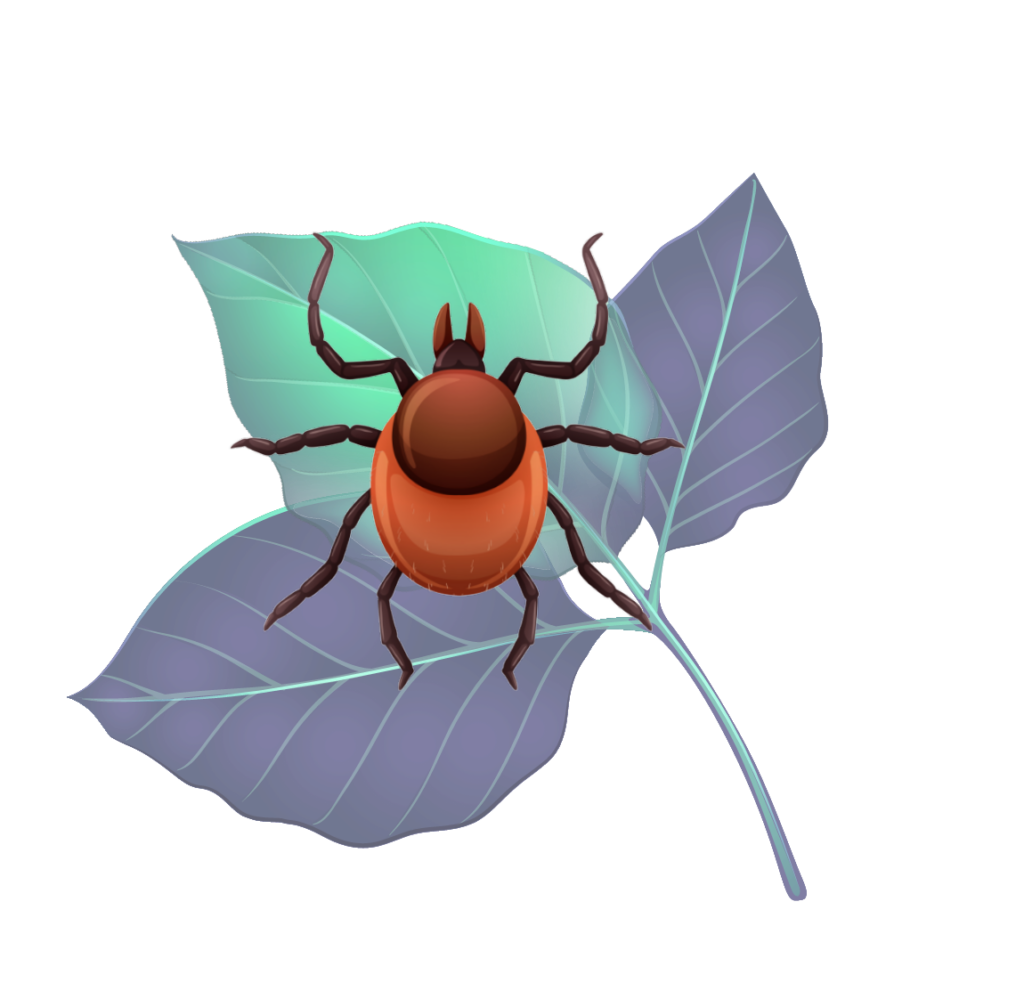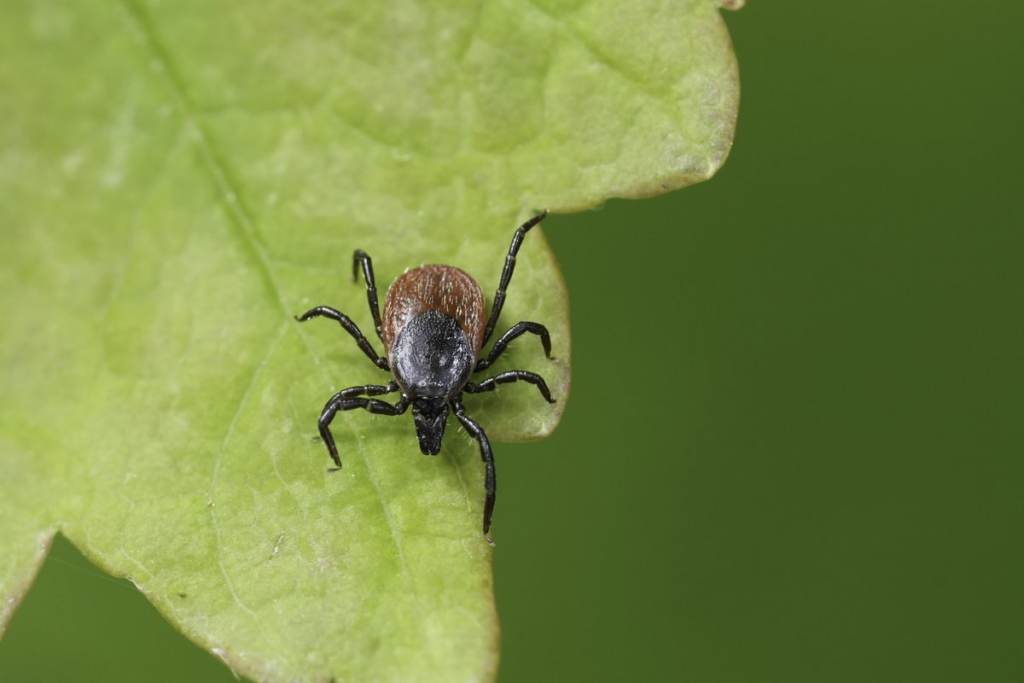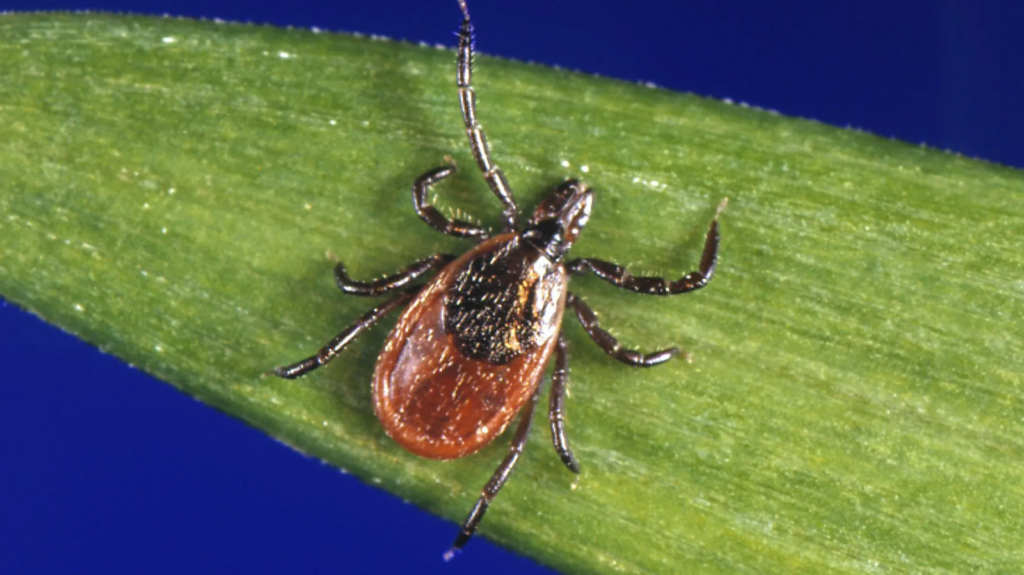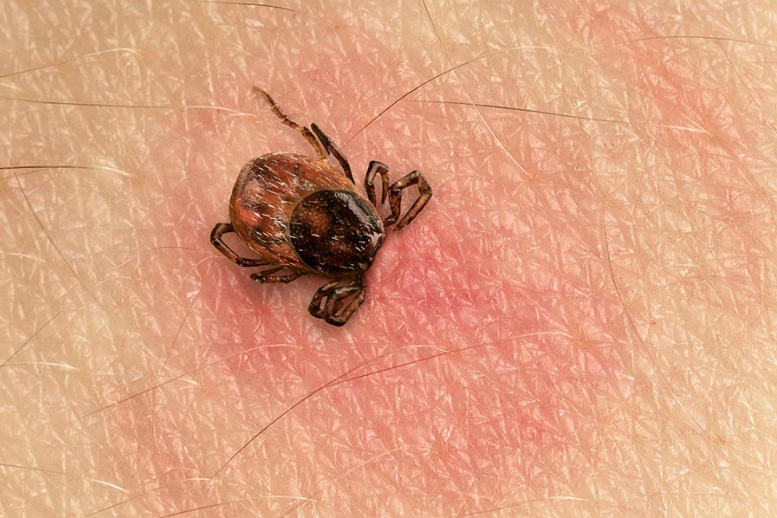Effective Strategies for Preventing Lyme Disease
Stay Safe Outdoors


“Knowledge is wealth” If you want to protect yourself from Lyme disease, you must be aware of the strategies for preventing Lyme disease. It is a common tick-borne illness if treated at the early stages but at later stages it may lead to complications. The black-legged deer ticks are becoming increasingly widespread in many regions.
Engaging in outdoor activities gives pleasure and peace of mind but also it is crucial to take precautions to prevent Lyme illness. Moving forward into the blog, let’s explore effective strategies for preventing lyme disease.
How Lyme Disease Spread?
The foremost step to protect yourself from Lyme disease is to understand its spreading nature. Ticks are usually found in forest or woody and grassy areas. They attach themselves to a host to suck their blood. In the same way the Borrelia burgdoferi bacteria is transmitted with the tick bite. It takes 24 to 48 hours for the tick to pass the bacteria to humans and so it is crucial to remove the tick immediately when found.
Lyme disease is the chief vector of infection in many parts of North America. When ticks are in the nymph form, they are smaller in size and difficult to identify. It is good to avoid the areas where ticks are densely populated.
Practical Tips for Preventing Tick Bites: Clothing, Repellents, and Gear
Involving in outdoor activities provides peace of mind. But when you are especially in tick-prone areas, it is crucial to follow preventive steps. Lyme disease prevention tips involve appropriate clothing, use of repellents and do a complete check for ticks while back to home. Consider practical tips for taking safety measures to avoid ticks:
Clothing and Equipment
Appropriate dressing when going outdoors is one of the safety measure for the tick bite:
Light Clothing
Light clothing is a good idea as ticks are attached to the light clothing and are easier to identify.
Long sleeved jackets and trousers
The clothing acts as a deterrent for the skin and creates a protective layer.
Equipment
Protective gear such as specialized tick repellent clothing would prevent ticks from biting you.

Protecting With Repellents
Consider the application of tick repellents as another safety measure when going outdoors where ticks are densely populated.
DEET-based products
- These are over the counter products. Apply these onto the skin and clothing during outdoor. Carefully read the label instructions of the product before use especially when using on children.
Permethrin-treated clothing
- This spray is used on clothes and other items to kill the ticks. This spray lasts for a long term through a number of washes and can be a good long term protection method.
Natural options
- Prefer natural options, tick repellents containing lemon eucalyptus oil or citronella may provide a modest degree of protection
Environmental Control Strategies
Keeping your environment clean and protective is the most important factor in preventing Lyme disease. As ticks around you increase there are more chances of getting infected with bacteria responsible for Lyme disease.
Yard Maintenance
Maintain your yard regularly especially to mitigate ticks during recreational activities. Follow these steps to ensure a tick-free zone:
- Maintaining your lawn regularly: It is important to keep your yard trimmed and well-maintained to reduce their hiding spots of ticks.
- Clear away the leaves: Clear the piles of leaves, debris out of the yard prevents footholes for ticks to settle.
- Construct tick-non-friendly zones: Make sure that yard is safe for kids and pets to play and have fun. Construct with gravel or wood chips into that area, that way ticks will find it difficult to enter and keep protected.
Landscaping Practices
Employing landscaping practices can help to reduce the ticks to a great extent. Some ideas of landscaping practices are as follows,
- Create Barriers: Grow plants such as lavender, rosemary and marigold that repel ticks in the yard surrounding.
- Encourage Natural Predators: Having tick predators like chickens or guinea fowl help reduce ticks.
- Pesticides: When you are located in a high tick population consider using pesticides like acaricides for ticks. Adhere to all usage guidelines and apply these products with necessary care, preferably after seeking professional assistance.

Steps to Take Right After Being Bitten By A Tick
After being bitten by a tick, act quickly to remove the tick. Acting promptly can help you protect you from getting infected.
Conduct a swift tick assessment: If you have spent time outdoors especially in wooded or grassy regions, you must conduct a tick assessment on your entire body. Make sure to check in the specific areas like,
- Armpits
- Behind the knees
- Waistline
- Hairline
Proper tick removal: Use fine-tipped tweezers to grip the tick as close to your skin as possible. Pull steadily upward with even pressure. Avoid twisting or jerking to prevent leaving parts of the tick behind.
Shower and clean any clothing: It is good to shower and clean clothing immediately within two hours of returning back to home to eliminate any ticks.
Exploring How Pets Aid Tick Infestations
Taking care of pets, notably dogs from tick bites is crucial. Pets during outdoor can easily carry ticks back to home thus exposing the family members if the pet is infested.
- Tick infestation can be avoided by administering a veterinarian prescribed tick collar, spot-on or oral treatment.
- After their outdoor playtime, examine them for ticks, especially in the region around their ears, belly, and paws before entering into the home.
- As soon as you notice the tick on them, remove it in the same method of removal.
Vaccines: How To Use Them To Avoid Lyme Infection
Prevention is always easier than treatment. Therefore, vaccinations for pets and humans is a critical way of preventing Lyme disease.
Vaccination for Pets
Some veterinary hospitals will provide vaccines for Lyme disease to reduce the risk of infection. When you consider your pet to get vaccinated for Lyme illness, let your local vet decide if it’s best for your pet, especially if you’re living in an endemic area.
Research for Human Vaccines
Currently, there is no approved vaccine for humans, but research is ongoing.
Conclusion
Preventing Lyme disease is the best possible way to protect yourself, your family and your pets. Practice and follow the possible safety measures to keep yourself and your family protected even during outdoors.
